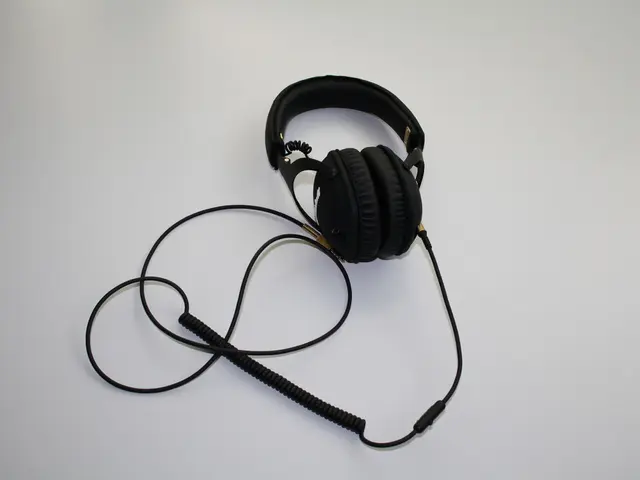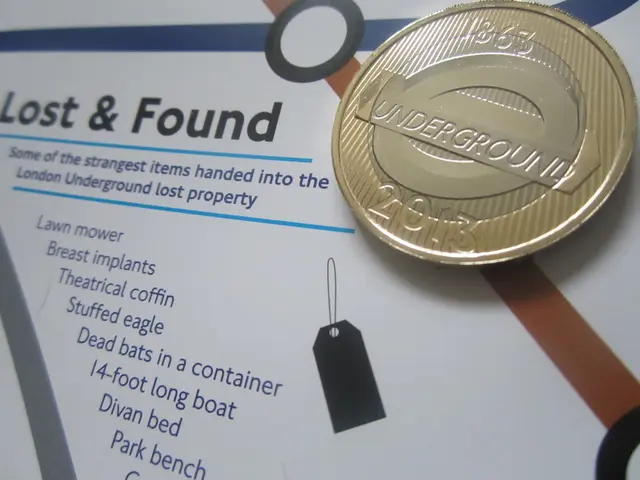AOL's dial-up internet service shuts down operations
AOL's Dial-Up Internet: A Nostalgic Look Back at a Pivotal Era
In the early 1990s, a new era in internet access was ushered in with the introduction of AOL's dial-up service. This service, which became massively popular in the mid-1990s, would go on to shape the way millions of people accessed the World Wide Web for over three decades.
The Rise of AOL
AOL, then America Online, introduced its dial-up internet service in 1989. In the early to mid-1990s, the company popularized home internet access through trademark trial CDs, the iconic "You’ve got mail" greeting, and chat rooms. By 1996, AOL had reached around 10 million users, and by the late 1990s and early 2000s, it peaked with over 30 million subscribers, making it the largest provider of dial-up internet.
The Dial-Up Experience
During the dial-up era, users would often connect to the internet late at night when the family had gone to bed to avoid interrupting phone calls. The sound of static, chirps, and pings heard during a connection to the World Wide Web is often associated with the 90s internet and AOL. However, this era also caused frustration among parents who had to wait for their children to finish using the internet before they could make calls, as the home phone line would become unavailable during an internet connection.
The Decline and End of AOL Dial-Up
The rise and wide adoption of broadband internet (cable, DSL, fiber), which offered much faster, always-on connections, rendered dial-up obsolete for most users. Dial-up depended on telephone lines, which limited simultaneous voice and internet usage and was slower and less reliable. As a result, subscriber numbers gradually plummeted from millions to just a few thousand by the early 2020s as users migrated to faster technologies.
AOL officially ended its dial-up service in the US on September 30, 2025. The shutdown reflects the end of an era, marking the transition from the analog roots of the internet to today’s high-speed mobile and fiber networks.
The Legacy of AOL
AOL played a significant role in the shift of information during the 90s, opening up homes, connecting people, and informing them. The service provided by AOL allowed users to access many tools, including games, chat rooms, news, sports, and entertainment. While the dial-up era has been largely superseded by modern technologies, it remains a crucial period in the history of the internet.
Today, 4G and 5G data connections provide an easy way to connect where broadband is unavailable. Despite the nostalgia for the dial-up connection sound, most users today prefer the speed and reliability of full-fibre broadband or 5G connections. Nevertheless, the legacy of AOL's dial-up internet service will continue to be felt in the annals of internet history.
[1] https://en.wikipedia.org/wiki/America_Online [2] https://www.cnet.com/news/aol-shuts-down-dial-up-internet-service-in-us-canada/ [3] https://www.bbc.com/news/technology-58489996 [4] https://www.aol.com/article/news/2025/09/30/aol-dial-up-internet-service-to-end-on-september-30-2025/23872244/ [5] https://www.nytimes.com/2021/09/30/technology/aol-dial-up-internet-shutdown.html
In the description of AOL's impact on home internet access, the service offered a diverse range of tools such as games, chat rooms, news, sports, and entertainment, thereby significantly shaping people's lifestyle during the 90s (lifestyle). Moreover, as broadband technologies emerged and overtook dial-up, it was the advancement in technology that made AOL's dial-up service increasingly obsolete (technology).




